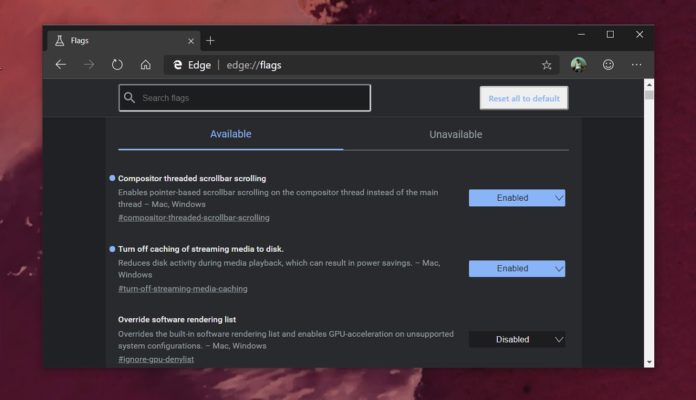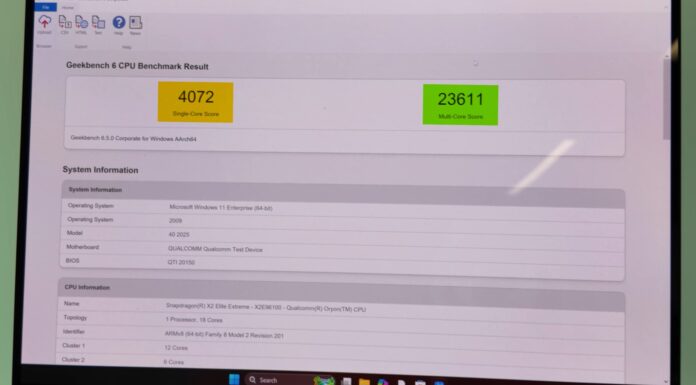Microsoft recently proposed a new feature that would automatically turn off unnecessary disk caching when watching videos to reduce disk usage. Microsoft’s implementation will also preserve battery life while streaming video in a browser.
Chromium currently adds the media content to the HTTP cache when playing video streams, and it contributes to higher battery consumption. This practice uses disk resources to cache streaming media content and it obviously uses power.
Microsoft’s experimental feature will prevent media content from being cached to the disk and reduce disk usage to offer better battery life.
“I ran some power comparison tests today with the latest changes on YouTube content (to evaluate response-side change), and I saw ~79mW improvement compared to the baseline for 720p content. This was an average of 5 runs of 5 minutes each in full-screen mode, both for the baseline and with the changes. So the response-side power savings appear comparable with the request-side savings,” a Microsoft Edge engineer noted.
Google recently updated Chrome Canary with Microsoft’s power savings implementation and latest Edge Canary update has also added an experimental flag:
- Open Edge://flags
- Search for ‘Turn off caching of streaming media to disk’.
- Enable and relaunch the browser.
Microsoft Edge for Android gets Honey extension support
In related news, Microsoft Edge for Android has just received a new update with support for Honey extension.
Microsoft Edge’s Honey extension support will help you automatically find coupon codes that you can apply during your online checkouts.






















